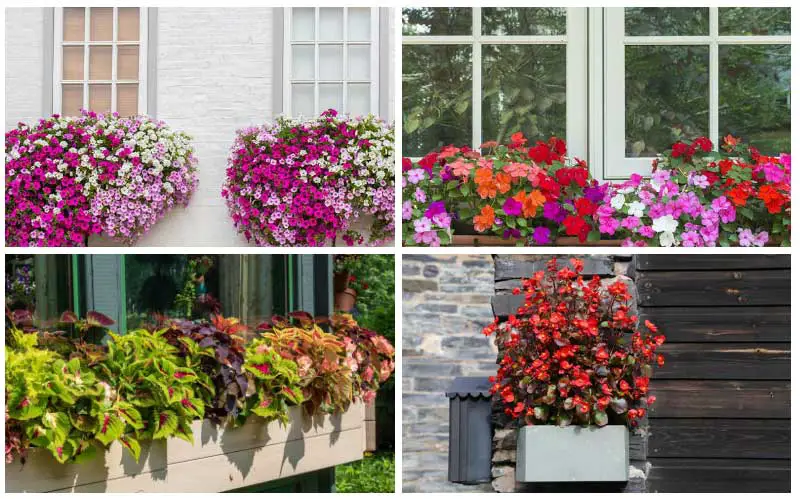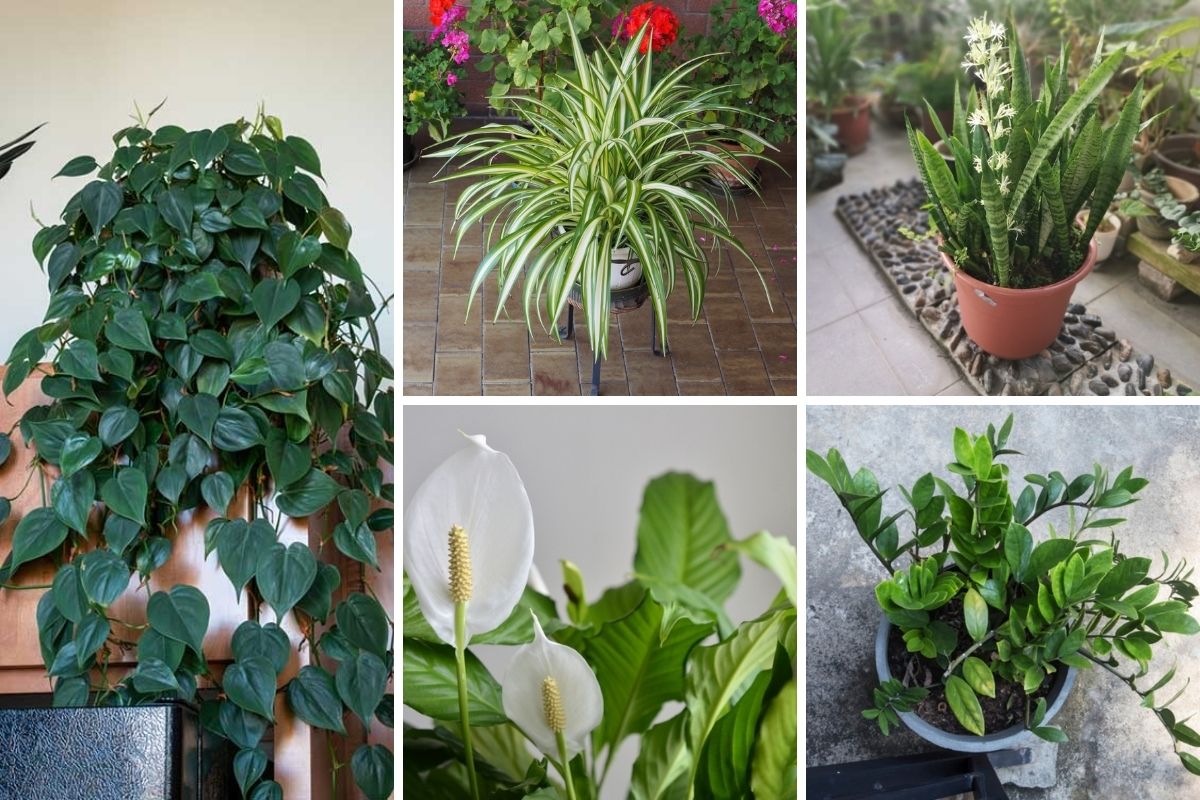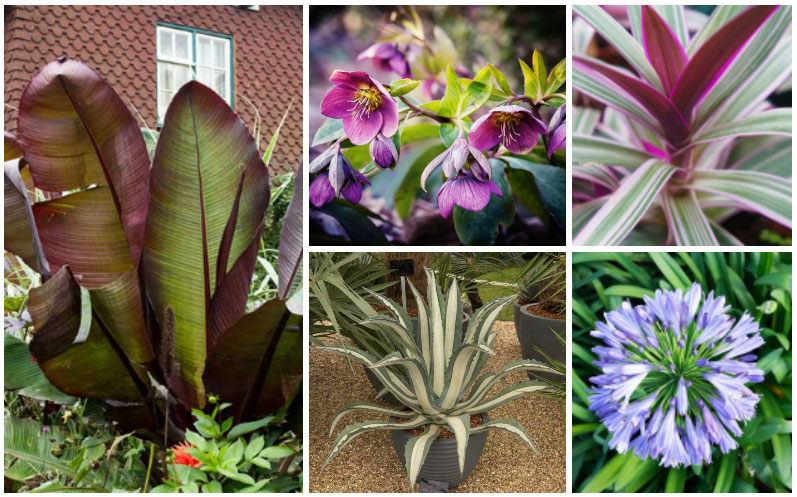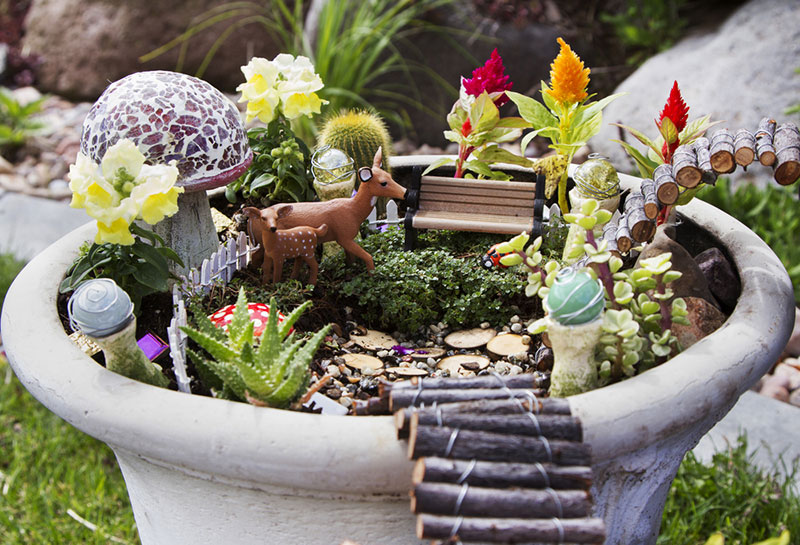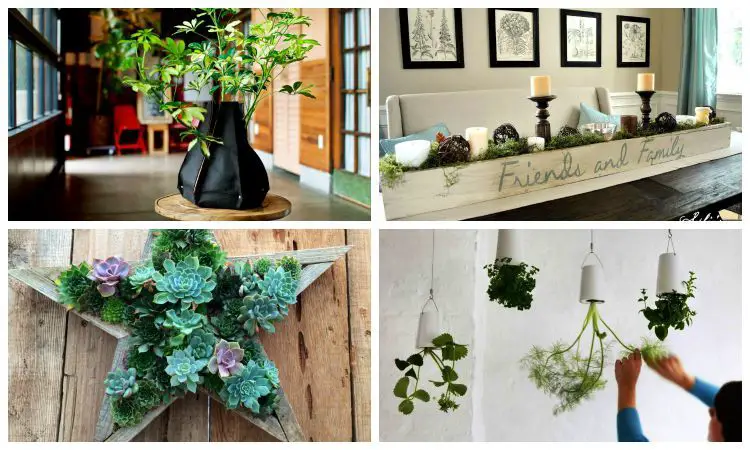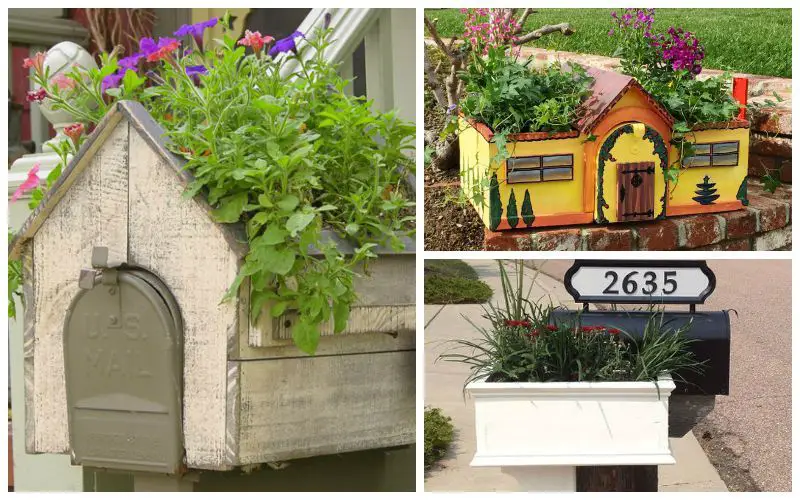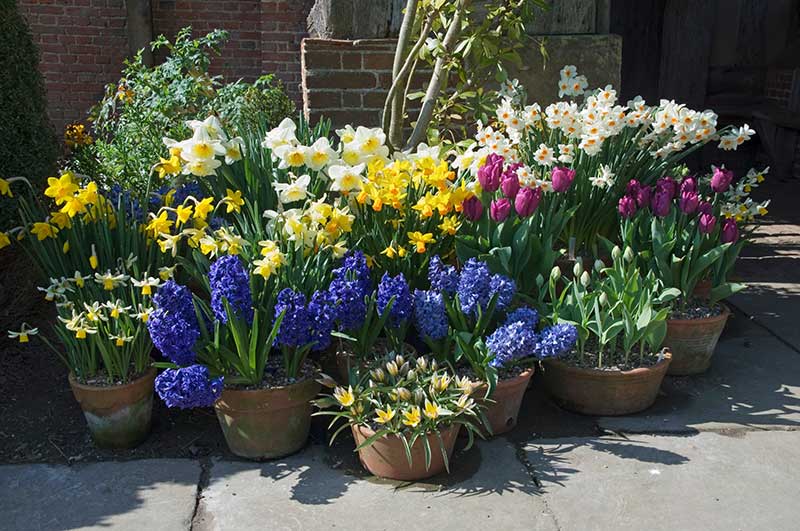
Container gardens offer so much to gardeners of all levels.
There’s so many advantages to using a container garden, and it’s so easy almost anyone can have one. Ready to get started?
Layout and Design
The fun part about container gardening is that you can decorate with the containers as well as appreciate their functional element.
While almost anything can be a container if you try hard enough, really putting some thought into the layout and the design of your containers creates an amazing effect.
For example, natural, terracotta pots or ceramic pots elevate a container garden into something resembling a work of art.
Tips on How to Layout Your Plants in Your Container
Check this video out below on tips on how to layout your plants in your containers!
Repurposing Containers
There’s some beautiful examples of up-cycling or repurposing for artful container gardens. Burlap sacks are biodegradable and are excellent for use in a standing herb garden.
Some people repurpose bathtubs, buckets, kitchen sinks… it’s up to you and your aesthetic!
Check these out here: 15 Ingenious DIY Outdoor Garden Planter Ideas For A Versatile Garden
Use the Right Container Size
One of the most underappreciated aspects of gardening, and also probably one of the top five most important, is using the right container size.
A rule of thumb for finding the right container size is to give at least four inches around the root ball so the plant can be comfortable and well-nourished.
If the container is too small, then the plant will be restricted in its size. They also will not flower or fruit as much as they should because of the reduction in root spread.
However, if the plant is in a pot that is too big, there are other issues that wil come about. The plant may turn yellow or wilt. This is because the soil is not aerating as it should, and the plant would be over-watered.
Using Quality Soil for Your Pot
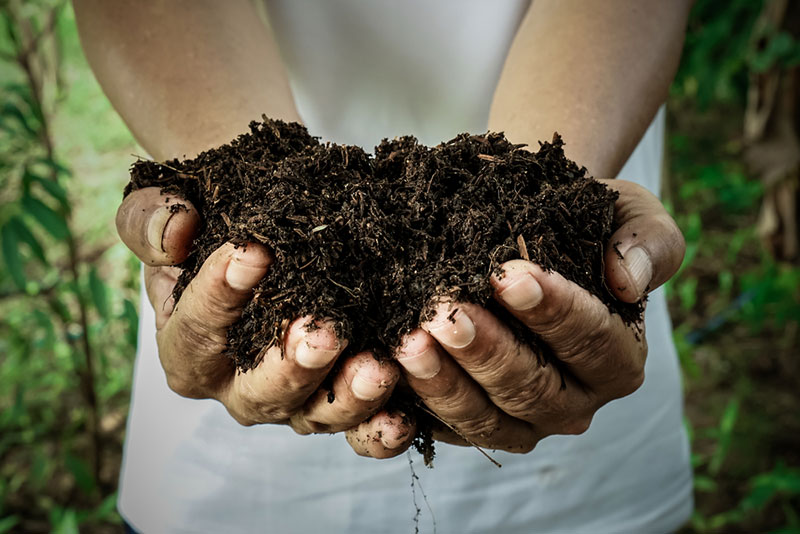
A high quality soil mix makes all the difference in a container garden.
When you’re mixing your own potting soil, adding substances like coir helps to aerate it and promote flow. This will help with drainage and aeration.
You can also add some organic matter to the mix, like compost, manure, or even bone meal.
Perennials or Annual Plants
One of the decisions you’ll need to make when starting a container garden is whether to use annuals or perennials.
Annuals are typically planted in the spring and will last until the first frost.
Perennials, on the other hand, can be planted at any time during the year.
Some people choose to plant annuals because they provide more color variety and are easier to take care of. Perennials often take a few years to really take off, but once they do they require less maintenance.
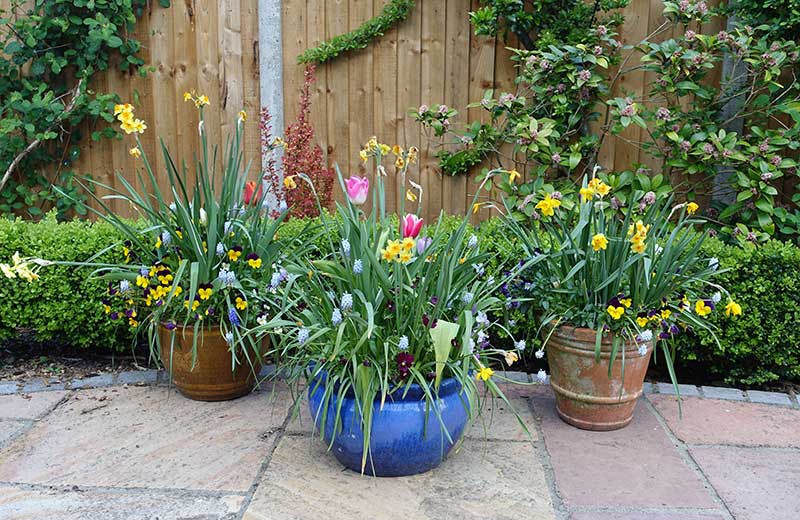
The type of plants you choose will also play into this decision. If you want to have a lot of different colors, then annuals might be the way to go. If you’re more interested in plants that will come back year after year, then perennials are probably a better option.
Designing by Plant Type
Companion planting is the idea that plants thrive when placed next to each other. Science agrees that terpenes can be shared among different plants, and certain properties– like anti-fungal or natural pesticide– plants are amplified with companion planting.
Having container gardening themes makes it more fun, and also helps you organize the garden to get the most out of it.
For example, a butterfly garden would be an excellent choice for a container garden. It also is rewarding because you’re helping beautiful butterflies get the nectar they need!
In a butterfly garden, you’d grow milkweed, butterfly bush, salvia, and other plants that butterflies like.
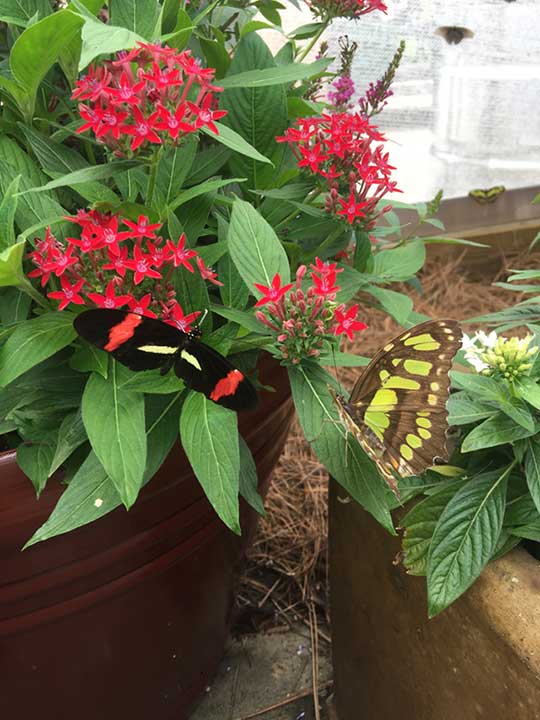
Also, you can decorate the containers with butterflies by painting! IF you have kids, or if you’re artistic, it’s a great afternoon activity.
Get inspired with these painted pot ideas: 13 Wonderfully Artistic Hand Painted Flower Pots
Try painting the types of butterflies that are attracted in the garden on the pot.
You can also try an herb garden. Many herbs can be grown together in one type of container. Or, place herb garden containers near each other.
This way, you can save space and also get the benefit of companion planting.

